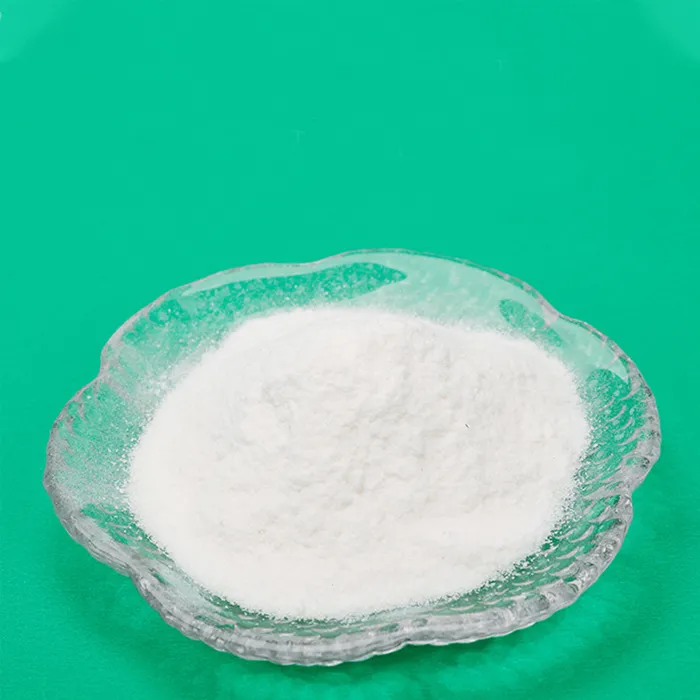Chemicals Used in Effluent Treatment Plants
Effluent treatment plants (ETPs) play a crucial role in mitigating environmental pollution caused by industrial, agricultural, and domestic wastewater. The treatment process helps to remove harmful contaminants before the effluent is discharged into natural water bodies. To efficiently accomplish this, a variety of chemicals are employed throughout the treatment stages. Understanding these chemicals and their functions is essential for optimizing the treatment process and ensuring compliance with environmental regulations.
One of the primary categories of chemicals used in ETPs is coagulants. Coagulants, such as aluminum sulfate (alum) and ferric chloride, are added to the wastewater to facilitate the aggregation of suspended particles. These chemicals work by neutralizing the charges on the fine particles, allowing them to clump together and form larger aggregates known as flocs. The formation of flocs aids in their subsequent removal from the water through sedimentation or filtration.
In addition to coagulants, flocculants are commonly used in the treatment process. Polymers, such as polyacrylamides, enhance the floc aggregation process and improve the efficiency of solid-liquid separation. By promoting the growth of larger flocs, flocculants enable easier removal of contaminants, leading to cleaner effluent.
chemicals used in effluent treatment plant

pH adjustment chemicals are also vital in ETPs. Acids like sulfuric acid or hydrochloric acid and bases like sodium hydroxide are added to regulate the pH of the wastewater. Maintaining an optimal pH level is essential for achieving the desired efficiency of biochemical processes, such as activated sludge treatment, where microorganisms break down organic matter. Additionally, some chemical reactions in the treatment process are pH-dependent; thus, precise control is necessary for effective treatment.
Another critical group of chemicals is disinfectants. As effluent often contains pathogenic microorganisms, disinfectants such as chlorine, ozone, or ultraviolet (UV) light are applied to eliminate harmful bacteria and viruses. Chlorination is a widely used method; however, it must be carefully managed to prevent the formation of chlorinated byproducts, which can be hazardous. The use of UV light has gained popularity as a chlorine-free alternative, offering an effective means to disinfect without introducing potentially harmful chemicals.
Furthermore, advanced chemical treatments such as oxidation processes use oxidizing agents like hydrogen peroxide or potassium permanganate to break down complex organic compounds and enhance the overall removal of pollutants. These methods can be particularly effective in dealing with toxic and recalcitrant substances that are resistant to conventional treatment methods.
In conclusion, chemicals used in effluent treatment plants are integral to achieving effective wastewater management. From coagulants and flocculants that help in particle removal to disinfectants that ensure public health safety, each chemical plays a specific role in the treatment process. By understanding and optimizing the use of these chemicals, ETPs can enhance their operational efficiency and minimize environmental impact, ultimately contributing to sustainable water management practices.

